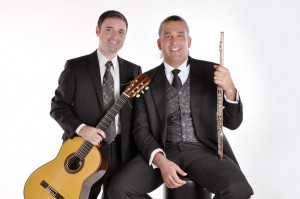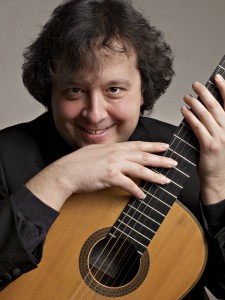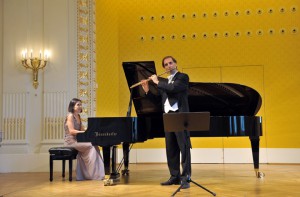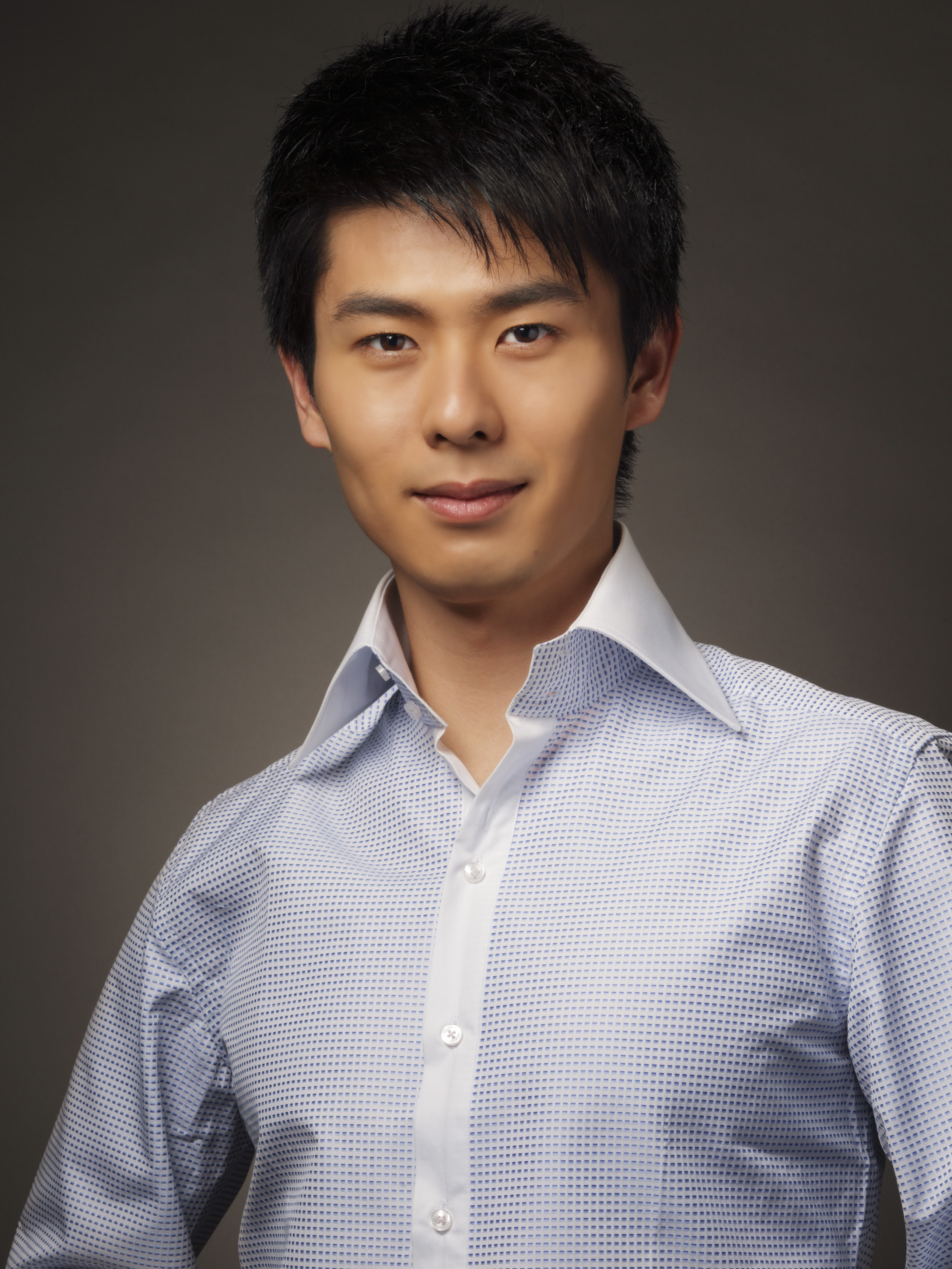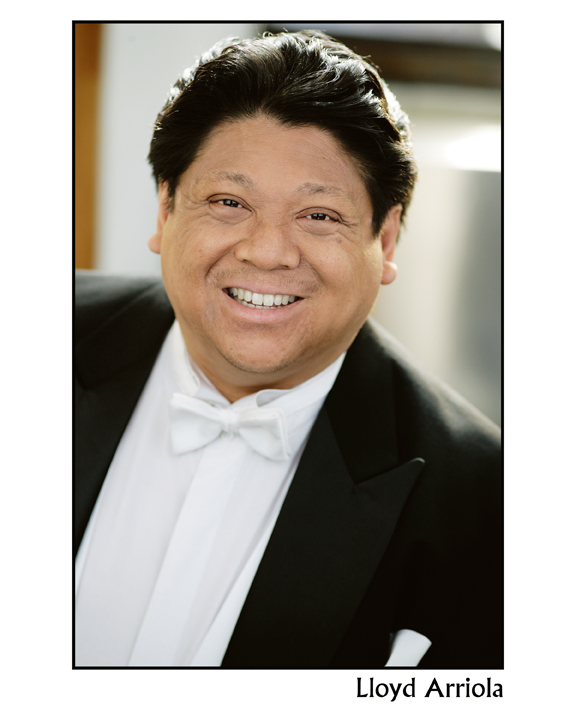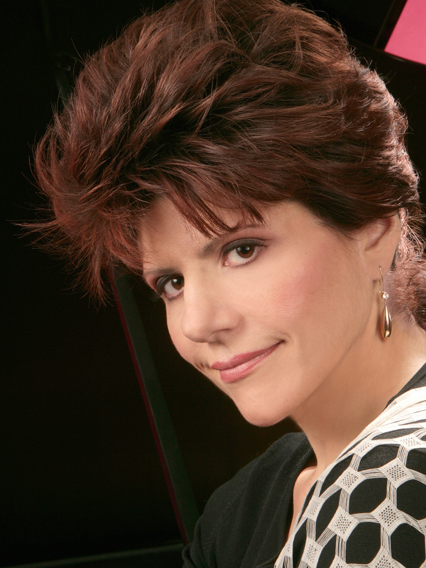Pro Musicis, a concert organization that began its auditions in 1965, has presented its awardees in more than 1,900 concerts in Europe, Asia, and North America, both in prominent venues such as Weill Hall and through community outreach programs. This season it presented a recital entitled “Guitar Fest” which included three of their four winning guitarists, Rafael Aguirre, Luiz Mantovani, and Emmanuele Segre. The three combined forces in solos and duos, joined by flutist Michel de Paula and cellist Nadège Rochat, in what was a thoroughly enjoyable evening. There was plenty of variety despite the fact that the program heavily favored music from Spain and South America, as the balancing of lyricism, pyrotechnics, intimate chamber collaboration, and solo virtuosity kept the surprises coming. David Leisner, composer, guitarist, and host for the evening, remarked on the generous spirit of the performers in sharing the stage, but really, the collaborations were to everyone’s benefit.
The first guitarist, Rafael Aguirre, chose to pair with Ms. Rochat, cello, to open with Manuel de Falla’s Spanish Dance from “La Vida Breve” (after which they’ve named their duo). Their blending was expert, and though the cello faced some intonation challenges, its sound did weave seamlessly into the guitar textures. Mr. Aguirre was restrained in his collaborative role. The same duo then played “Volver” by Carlos Gardels and two more selections of Falla, “El Paño Moruno” and “Polo” from “Siete Canciones Populares Españolas,” each player becoming more extroverted with time. Ms. Rochat showed some skillful bending of phrases, while Mr. Aguirre started to show more of the effortless virtuosity that would really come to the fore next in his solo works, including “Guajiras de Lucía” by Paco de Lucía (b. 1947) and Intermedio from “La Boda de Luis Alonso” by Jerónimo Giménez (1854-1923). An outstanding player with unquestionable technique, Mr. Aguirre showed an especially rare gift to make the guitar sing.
The second guitarist Luiz Mantovani took the stage with flutist Michel de Paula in the World Premiere of “Brazilian Landscapes No. 12” by Liduíno Pitombeira (b. 1962). A suite of contrasting impressions in five movements (Ponteio, Baião, Modinha, Frevo, and Acalanto), this set took listeners on a journey through Brazil with the aid of helpful program notes by Dr. Richard E. Rodda. Moving from its languorous prelude to the vibrant Carnival-inspired Frevo (with Mr. de Paula changing to piccolo), and back to its closing lullaby, the suite seemed not so much a mere set of vignettes as a deep immersion into the Brazilian tonal world, inviting many further hearings. The composer was present to bow and thank the performers, exceptional champions for this deserving work.
It was a joy then to hear Mr. Mantovani after intermission in a more familiar work by which one could concentrate on his solo artistry. His introspective rendition of the “Valsa-Chôro” from the “Suite Popular Brasileira” by Heitor Villa-Lobos was just perfect in its plaintive beauty.
David Leisner’s “Mirage” (1987) followed, bringing guitarist Emanuele Segre onstage in duo with Mr. Mantovani. The duo realized this finely wrought piece with tremendous dedication and projection. The contrapuntal opening was magnificently clear in its “dialogue” while in the rapid passages the duo combined as one in a single line. It is an excellent piece, and it was given a first-rate performance.
Mr. Segre continued the evening with two South American works, starting with “Canto de Ossanha” by Baden Powell (1937-2000). A captivating piece from its simple opening through its subsequent development, it was given an amazing degree of contrast and nuance by Mr. Segre, a most expressive and dramatic interpreter with one of the largest dynamic ranges I’ve heard from a guitarist. Prelude No.1 in E Minor by Villa-Lobos was followed by two works by Roland Dyens (b.1955), “Songe Capricorne” and then “Fuoco” from “Libra Sonatine”, alternately Bachian and jazzy, punctuated with percussive bursts, and full of intense expression. It was a dynamic close to an exciting evening.

